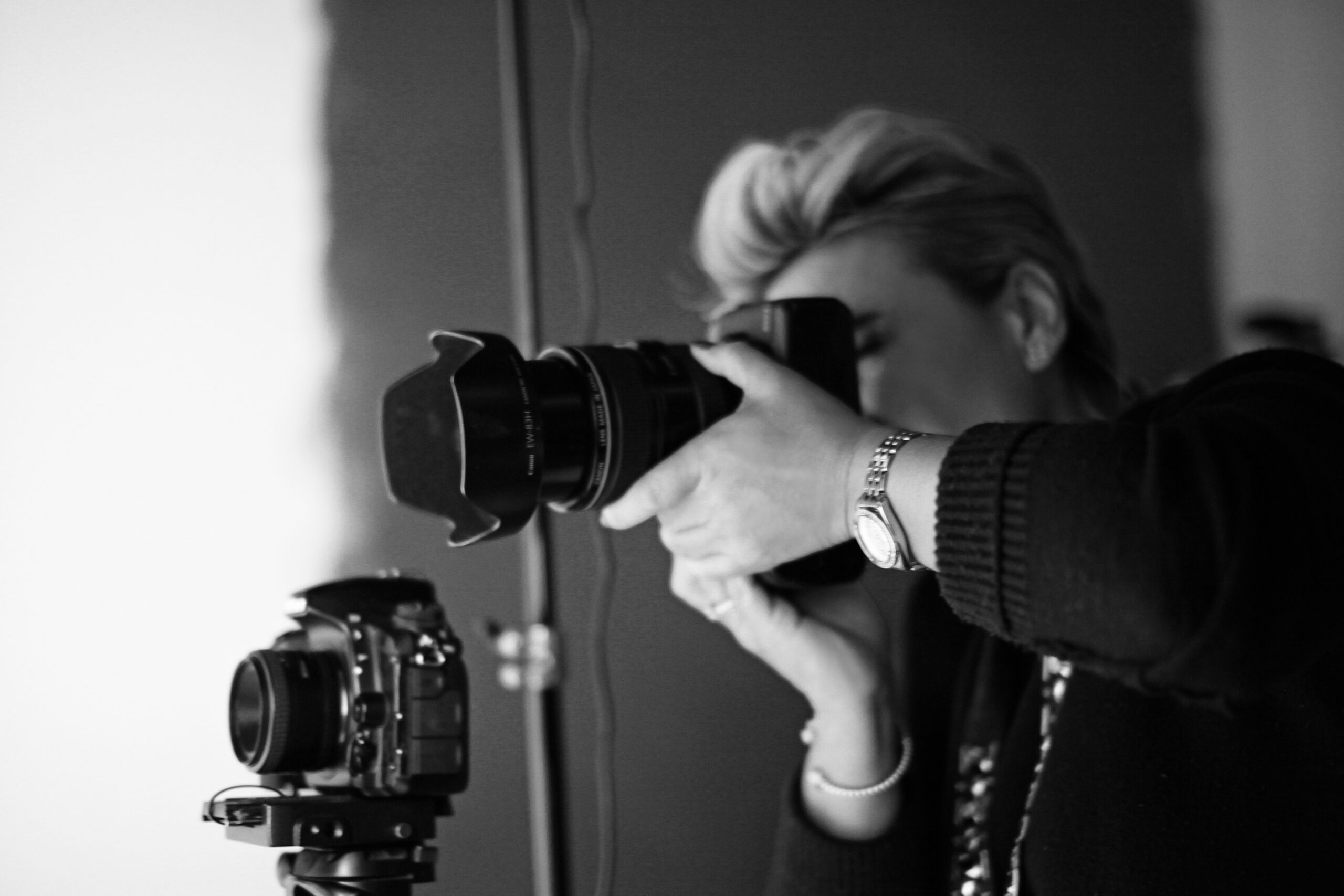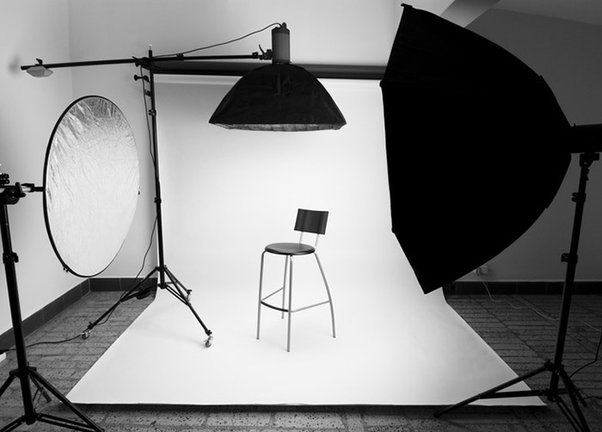Right Lens for your Photography

Right Lens for your Photography: So you bought yourself a DSLR camera. What now? You obviously need Right Lens for your Photography lenses.
Figuring out which lenses will suit your specific needs is not always easy. There are several abbreviations and specifications you need to know, and different manufacturers use completely different abbreviations for exactly the same properties.
Below is a review of the important features you can find on a lens and how the different manufacturers label them.
Please note that some specs may be slightly simplified to make the article shorter and more readable.
APERTURE
Maximum aperture is stated on all lenses. It tells you how much light the lens can get through to the sensor at its best. Much light means you can keep shooting in darker conditions without the image blurring due to camera shake. Aperture is provided as an aperture number, such as f/2.8 (or sometimes 1:2.8). The smaller the aperture number, the more light entering the camera. Theoretically, the absolute best aperture you can get is an objective equal to 1, but in practice the brightest lenses offer a maximum aperture of around f/1.2. Most consumers satisfied with an aperture number of between f/2.4 and f/3.2. Generally, the higher the aperture number, the cheaper is the lens. Telephoto lenses often have larger aperture numbers.
On zoom lenses, there are usually two aperture numbers (for example, f/2.8–f/5.6). The smaller aperture number indicates the amount of light you get with the widest angle, while the larger shows how much light you get at the maximum zoom.

FOCAL LENGTH
The first thing to consider when choosing your new lens is the focal length. The focal length is given in millimeters and specifies whether the lens is a wide angle or telephoto.
Both have their advantages and disadvantages. With a telephoto lens, you’ll naturally get closer to subjects far away. Telephoto lenses are also preferred for portraiture as they protect the facial proportions better than a wide angle. With a telephoto lens, it’s much easier to get a blurred background since telephoto lenses have less depth of field than wide angle lenses. Telephoto lenses usually have usually lower brightness and are more vulnerable to blurriness during the shoot if there is any camera shake. Telephoto lenses are usually physically larger than the wide angle lens.
Wide angle lenses, on the other hand, are fine for nature photography when you want to capture more of the landscape. They’re usually good both in brightness and depth of field, and are usually physically smaller and lighter than telephoto lenses. On the negative side the wide angle is not ideal for photographing people, at least not in a pure portrait context. A wide angle gives an impression of greater distance between what is close and what is distant, and it can thus quickly look like that model has a bigger nose and sunken eyes. You’re also more likely to get so-called distortion with a wide angle lens—the straight lines begin to bend into the edges of the image.
Normal lens
Cross between a wide angle and a telephoto lens is called a normal lens. This is lens renders the environment as we see with our own eyes (in relation to distance and magnification). In the 135 format, a normal lens is 50mm. Everything with a smaller focal length is called a wide angle, while larger focal lengths are called telephoto.
On regular compact cameras with 3x zoom, the focal length usually extends from 35 mm to 105 mm (according to the 135 format). It’s important to remember that focal length is connected with the size of the camera’s image sensor, allowing the focal length of a lens to change depending on which camera it is used on. To avoid too much confusion, it’s common to explain the focal length equivalent to the so-called full-frame DSLR camera.
FIXED OR ZOOM
For most, the most appropriate choice would be a zoom lens. You get several focal lengths in the same lens and therefore you can get away with fewer lenses to meet your needs. Zoom lenses always have two focal lengths specified, for example 18-55 mm, indicating the zoom range of the lens. If you want this translated into compact camera language, you can just divide the largest number by the smallest, which in the 18–55 mm case gives a zoom of about 3x.
A fixed lens, on the other hand, has some advantages. Fixed lenses are smaller and lighter and usually have better brightness than zoom lenses. It’s also easier to correct for various lens errors on a fixed lens than on a zoom, so you’re likely to get improved image quality on a fixed lens (although this will vary somewhat based on price and producer).
Some consider it more artistically correct to use a fixed lens and consider using a zoom to be cheating, in a sense, but it’s up to each photographer to decide what works best for them.
CROP FACTOR
The various camera manufacturers use different sizes of image sensors in their SLR cameras. This can cause confusion in relation to figuring out the actual capacity of a telephoto or wide angle lens. The most common trick is to convert the focal length to the full frame equivalent. To make the conversion you need the crop factor. For example, on Canon’s SLR cameras without a full frame sensor, the crop factor is 1.6. This means that you must multiply the focal length by 1.6 to determine what it would have been on the 135 (full-frame) format. A range of 18–55 mm will be approximately equal to 29–88 mm.
- Nikon – 1.5
- Canon – 1.6
- Pentax – 1.5
- Sony – 1.5
IMAGE STABILIZATION
Although you’ll find optical image stabilization in more and more DSLR camera bodies, major manufacturers continue to swear by stabilization in the lens. This is done by moving the elements in the lens, thus eliminating camera shake. Manufacturers such as Olympus, Pentax and Sony all use image stabilization in the camera body, so you won’t find lenses with stabilization from these suppliers. Below you can see the abbreviations other manufacturers use to specify that their lenses have built-in image stabilization:
- Nikon – VR
- Canon – IS
- Pentax – Image stabilization in the cameras
- Sony – Image stabilization in the cameras
- Sigma – OS
- Tamron – VC
COLOR REFRACTIVE CORRECTION
Photography focuses entirely on the light, and the headache for lens makers is that light has some strange abilities. One of these is that the different colors of light bend differently when they pass through a lens. This can lead to color shifts, particularly toward the edges in an image. To counteract this, manufacturers are using what they call a low dispersion glass.
- Nikon – ED
- Pentax – ED
- Sigma – APO
- Tamron – LD
DISTORTION
Distortion is a different lens error, where straight lines toward the edges of the image are bent either inward or outward. Most lens manufacturers take this into account during construction and correct it in the best possible way, but you might still come across specifications indicating that the lens has correction for this distortion.
- Pentax – AL
- Sigma – ASP
- Tamron – AD
PERSPECTIVE / FOCUS SHIFT
Some lenses have the ability to correct perspective. For example, when shooting a high building you may point the camera slightly upward, and the building will look thinner on top than the bottom. Lens perspective shift can rectify this. These lenses also have the option to change the focus plane so that you can improve or worsen the depth of field. As a common consumer, it is unlikely that you’ll need this type of lens.
- Nikon – PC
- Canon – TS
FOR NON-FULL-SIZE IMAGE SENSORS
SLR cameras took the step into the digital world, something had to be done with the lenses—first and foremost, because the digital image sensor had a much smaller area than a traditional negative. Since the image surface is smaller, lenses can be made smaller and lighter. But at the same time, these lenses cannot be used with traditional film cameras or DSLRs with a full frame image sensor.
- Nikon – DX
- Canon – EF-S
- Pentax – DA
- Sony – DT
- Sigma – DC
- Tamron – DI-II
FOR FULL-SIZE DIGITAL IMAGE SENSORS
The manufacturers also make lenses for full frame image sensors, of course. These can also be used on regular film SLRs.
- Nikon – Lenses are not marked with DX
- Canon – EF
- Pentax – FA
- Sigma – DG
- Tamron – DI
MACRO
Macro is a feature many will recognize from compact cameras. It’s simply the ability to get very close to your subject and be able to take picture of the little things (insects, flowers, etc.).
- Nikon – Micro
- Canon – Macro
- Sigma – Macro
- Tamron – Macro
